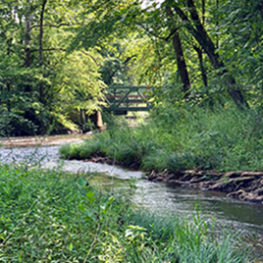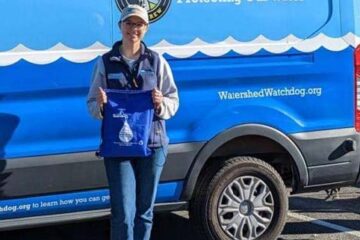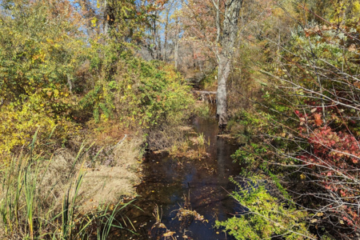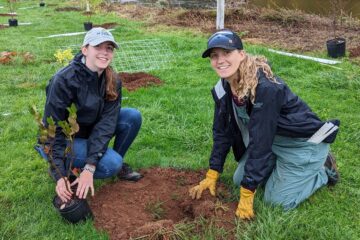 Earlier this month, the New Jersey Department of Environmental Protection (NJDEP) published a rule that applies one of its strongest clean water protections to 600 miles of rivers and streams throughout the state. The new Category One designations are the first made in over a decade. They set strict limits on pollution and development for over 200 miles of the North and South Branches of the Raritan River, the Neshanic, and the Lamington River. These are sections of the Raritan Headwaters not previously protected as Category One waters.
Earlier this month, the New Jersey Department of Environmental Protection (NJDEP) published a rule that applies one of its strongest clean water protections to 600 miles of rivers and streams throughout the state. The new Category One designations are the first made in over a decade. They set strict limits on pollution and development for over 200 miles of the North and South Branches of the Raritan River, the Neshanic, and the Lamington River. These are sections of the Raritan Headwaters not previously protected as Category One waters.
Raritan Headwaters has been anxiously awaiting these updates to the Surface Water Quality Standards. These upgrades, based on exceptional ecological significance and exceptional fisheries resources, are most welcome. We appreciate the incredible effort the DEP staff put into this rulemaking.
Abundant clean water is one of the most critical resources New Jersey has. Protecting this vital resource is an essential investment in our future. This update is a valuable step towards ensuring future generations inherit waterways with clean water and healthy habitats.
As NJDEP said when announcing the new protections, “This rulemaking allows appropriate economic growth to occur while ensuring that the equally important natural resources of the State are preserved. The State’s natural resources, including water resources, are held in public trust, and their protection is in the best interest of all New Jersey residents, particularly given the cost of restoration, loss of revenue among industries dependent on high water quality, and the widespread costs of flooding resulting from unwise development in flood-prone riparian areas.”
Second only to the protections for streams in state and national parks, Category One provides the strongest legal means to safeguard waters from pollutants, sewage, and harmful bacteria. In addition to pollution controls that allow for more fishing and recreation, a Category One waterway enjoys 300 feet of protected landscape and wildlife habitat along both of its banks.
The upgrades were overwhelmingly popular when NJDEP proposed the new rule at public hearings last year. The department received almost 400 official comments in response, over 80% of which were supportive.
The additions to the C1 listing are good policy based on good science and they are years overdue. They will require those who discharge pollutants into our streams to be more mindful of their operations, and they will force local decision makers to be more cognizant of the impacts of their development decisions on their downstream neighbors. That will be very good news for the families who live in our watershed and 1.5 million New Jersey residents who rely on our watershed for clean drinking water.



